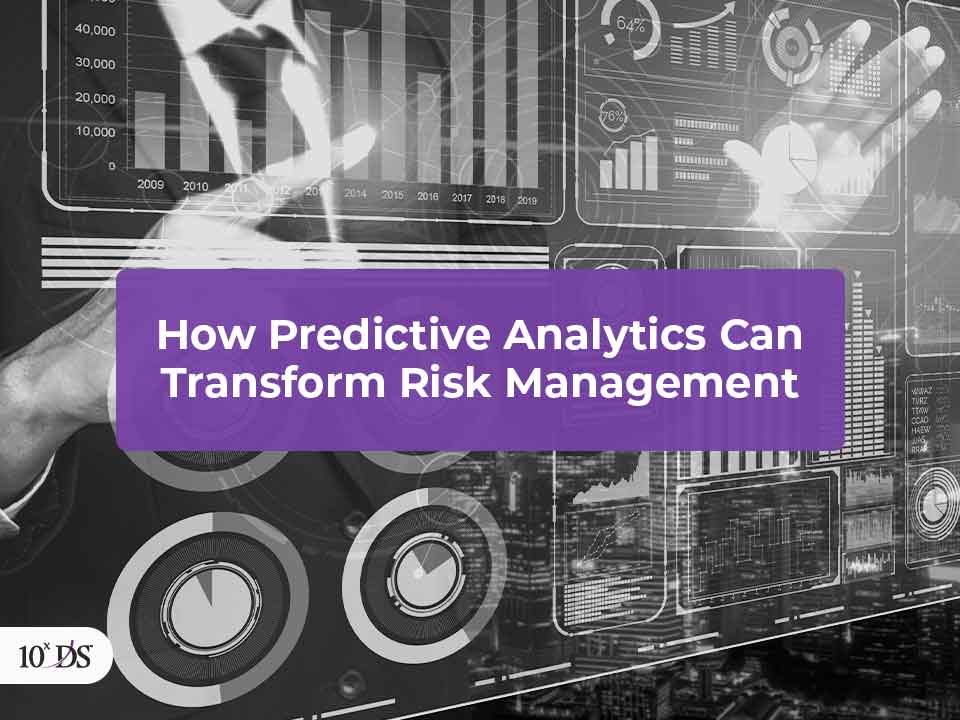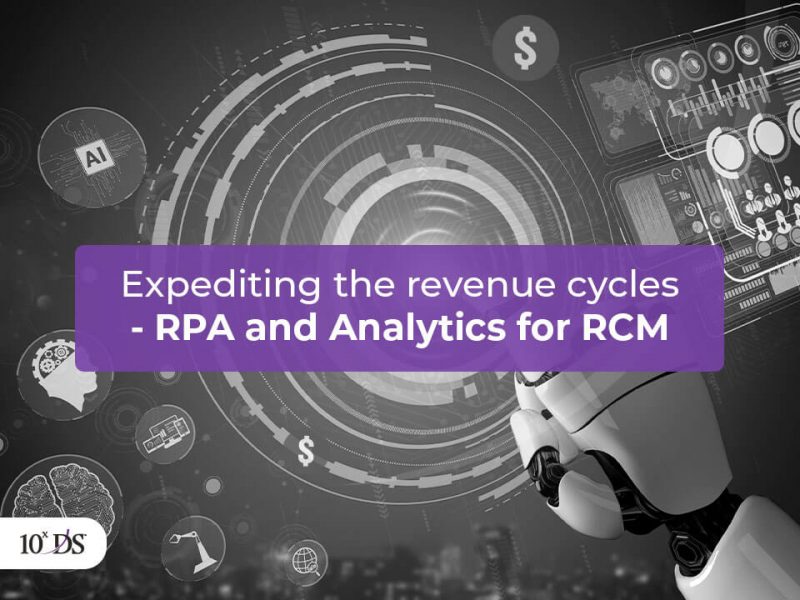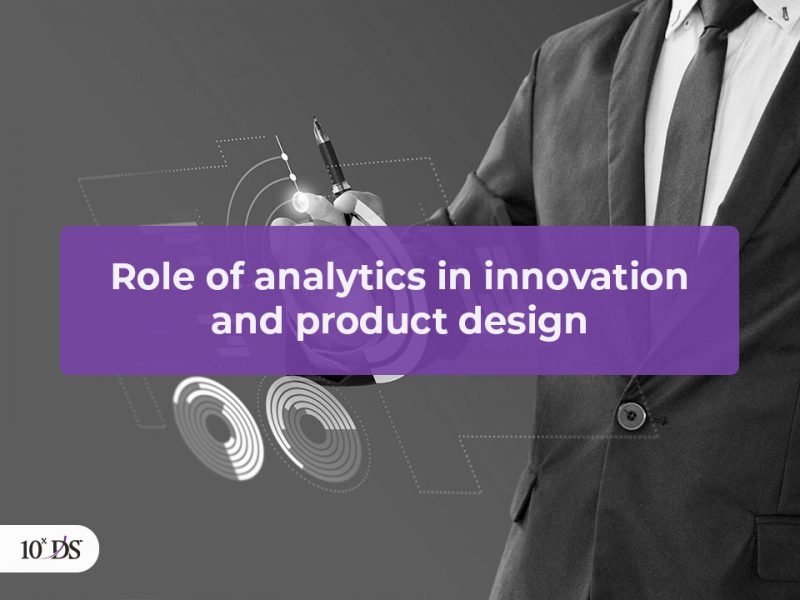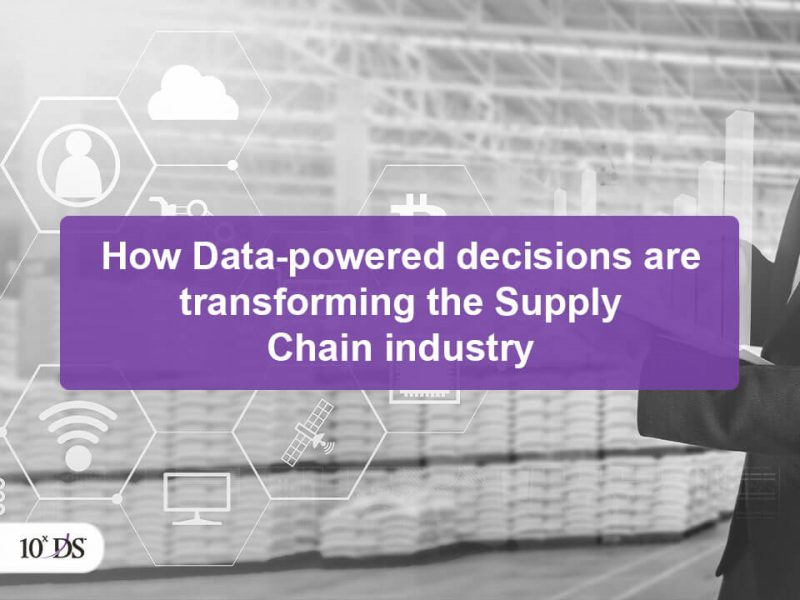
How Predictive Analytics Can Transform Risk Management
Risks are inherent in much of everything in today’s global economic scenario. The onus is on the decision makers of organizations to focus on managing these risks and minimize the losses that ensue. What is more challenging even for experts these days in the increasing use of complex digital ecosystems to enable greater efficiencies, speed, and security.
Unlocking the power of data and analytics, decision making has become far more controlled and accurate, but the sheer volume of data makes it riskier to handle. However, with greater risks there are several opportunities that arise for organizations to embrace a culture of innovation, enabling digital transformation through the latest technologies such as Intelligent Automation (IA), Robotic Process Automation (RPA),AI, Analytics and others.
These emerging technologies offer greater potential to help experts and leaders around the globe to solve complex problems. These technologies can be better leveraged to predict and monitor possible financial risks. This can help organizations to gain a competitive advantage over others that might be struggling.
Why is Risk Assessment so important?
There are various possible potential risks for any organization big or small. If you are a software company, some technical risks include failure to meet target delivery dates, delay in meeting customer commitments, the occurrence of complex and unexpected bugs in the solution, increased rate of obsolescence in the technology used, non- repairable items, lack of in-depth product or service domain knowledge, lack of awareness of best practices, limited automation in processes, technical challenges and more.
Risk assessment and management process involves developing risk management and mitigation strategy, whereby assets, threats, and vulnerabilities are identified, and the commensurate risk is quantified. Risk owners are determined to oversee and ensure that employees understand their role in managing risk. The risk assessment team reviews and evaluates the threats identified and determines their significance using set criteria. The rationale for significance and insignificance is determined based on the asset value, magnitude of impacts and likelihood of threats.
Depending on the risk assessment result, the areas of risk to be managed can be identified based on the degree of the risk and then a risk treatment plan can be developed, and controls properly implemented. With a proper strategy in place, even if you lose your biggest customer, your supplier gives defective products, or if a natural disaster occurs, you will have controls ready to help your business recover quickly.
Risk Management Analytics
Risk Management Analytics involves the use of data analytics techniques to identify, assess, manage, and mitigate risks within an organization. By integrating data from various sources and employing predictive models, organizations can forecast potential future risks and develop strategies to minimize negative impacts. This approach enhances decision-making, efficiency, and regulatory compliance, providing a proactive means to manage risks across financial services, healthcare, manufacturing, retail, and energy sectors. Ultimately, risk management analytics helps organizations to better navigate uncertainties and gain a competitive advantage by leveraging data-driven insights.
Applications of Risk Management Analytics
Financial Services: Managing credit risk, market risk, and operational risk.
Healthcare: Assessing patient safety risks and regulatory compliance.
Manufacturing: Identifying supply chain risks and quality control issues.
Retail: Analyzing market trends and consumer behavior to mitigate market risks.
Energy: Evaluating environmental risks and operational hazards.
Power of Predictive Analytics
Being competitive in today’s market is always challenging due to various factors such as the changes in customer expectations, technological advances, policy level changes from the government and more. Advanced technologies like machine learning can be used to engage in predictive analytics to factor in risks and the downsides associated with risky decisions. Banking and financial services were probably one of the earliest industries who started adopting and realizing the value that predictive risk analytics can offer. The analytic algorithms are getting more sophisticated, supporting faster and more accurate decision-making.
To put it simply, predictive analytics is the process of analysing current and historical facts that help in making predictions for the future. It is an emerging branch of advanced analytics leveraging a wide range of techniques such as statistics, modelling, machine learning, Artificial Intelligence and others. With the use of predictive analytics, organizations can crack difficult and challenging problems to gain untapped opportunities and also potential risks.
Predictive risk analysis
Predictive risk analysis leverages the past and present data to predict what is likely to happen and this can help organizations to respond to variables and ultimately determine the probability of growth or decline. The data also helps assess change in a company’s risk profile. Use of Machine Learning and data mining significantly improves the quality of predictions. Modern-day Banks have started using predictive modelling and machine learning techniques to create models that accept customer details and predicts the probability of the customer defaulting. Predictive analytics is also resourceful in fraud detection and using multiple analytics methods companies can improve pattern detection, prevent attacks, detect abnormalities indicating fraud and possible threats.
When a company faces a catastrophic incident, predictive risk analysis allows the leadership to analyse the root cause or the reason behind the incident and preventive measures can be applied to ensure that something like the incident would not occur again. Predictive analytics help government authorities in deciding various measures and building systems to protect the population.
Predictive risk analytics can only be helpful if organizations have defined risk strategy, for properly monitoring and predicting risks. So, companies should have a risk mitigation framework, or a system built to accurately identify, assess, treat and place adequate controls to resolve or accept the risks. Finance leaders in an organization must manage, distil, and share data, complying to the policies defined in the Risk mitigation framework to eliminate risk, reduce inefficiencies and drive growth. A structured Risk Mitigation Process empowered by predictive risk analytics can enable better decision making, ensuring that corrective actions are taken to mitigate the risks.
Conclusion
Properly leveraging predictive risk analytics helps organizations evolve and become more agile, enabling faster execution of risk mitigation controls and effective organizational changes. Organizations need to identify all the critical metrics that affect the business. Then, the next step involves bringing in predictive analytics capabilities and expertise across the organization. In the next step, create decision-making processes, to understand what controls should be implemented when an incident occurs. Finally, activating a fully-functional predictive risk analytics solution for the organization to learn from past incidents and adapt.
How 10xDS can help?
Team 10xDS has strong expertise and deep-sector experience delivering data and analytics solutions to enable organizations to make effective strategic decisions. Our strong portfolio of data and analytics services includes Information Management, Big Data, Business Intelligence and Advanced Analytics solutions for assisted and semi-automated decision making.
To learn more about how to transform Risk Management with Predictive Analytics, talk to our Analytics Experts!


